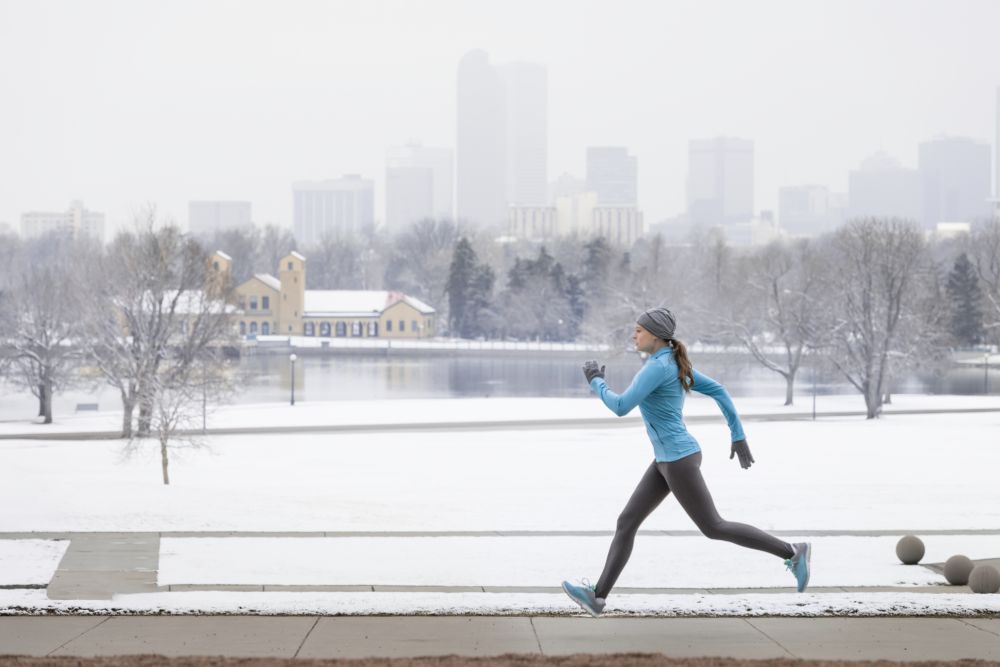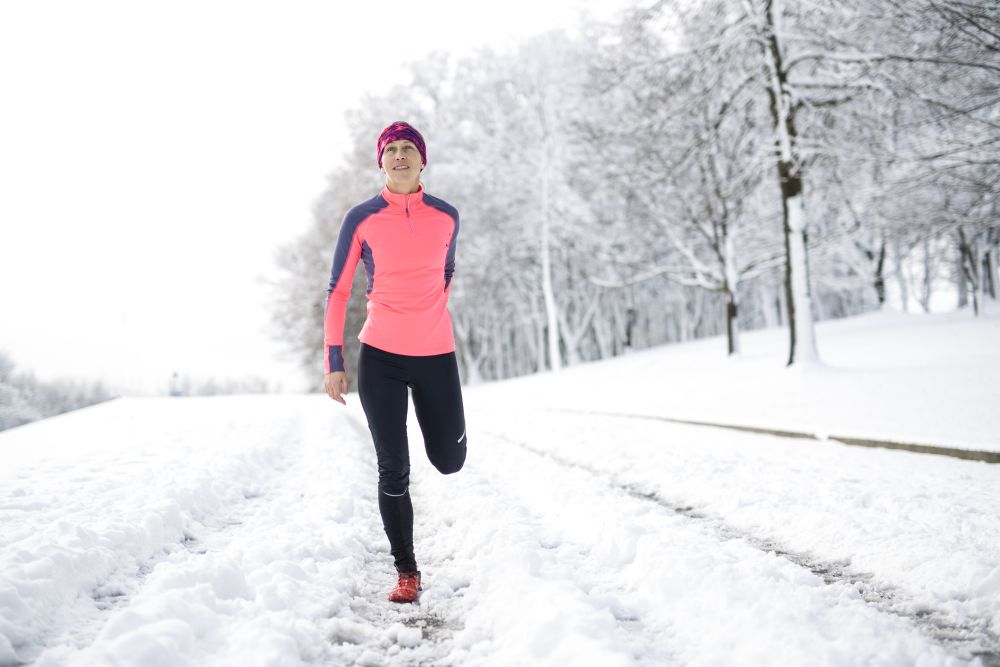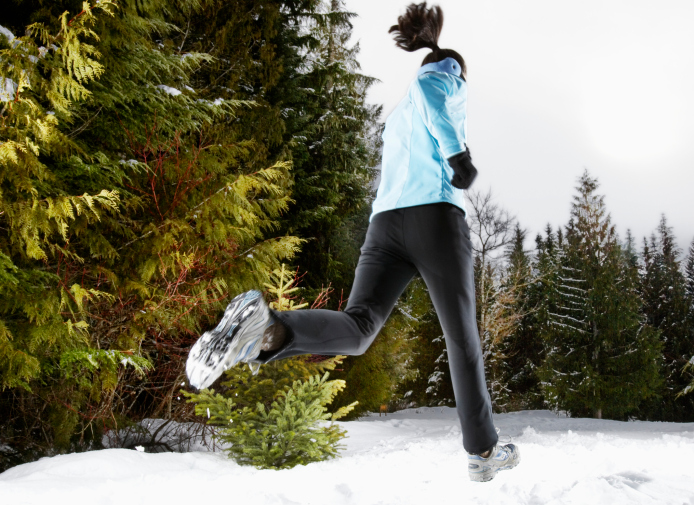The key to winter running? Modify your expectations
Adapting your approach to training during the winter months will help you maintain your fitness and enjoy the season

While every season comes with its own challenges, most runners would agree that winter is the toughest. With freezing temperatures, icy or snow-covered sidewalks and fewer daylight hours, motivating yourself to get out the door can often be a mental struggle. Despite this, it is possible to enjoy winter running. The key? Modify your expectations.
Whatever your goals are, winter is likely not the time when you’ll be smashing personal bests. Instead, it’s a time to focus on maintaining a base and doing the best you can with whatever conditions Mother Nature decides to throw your way. The following tips will help you to adjust your mindset when you’re heading out for a run so you can train safely and enjoy the season.

RELATED: 6 winter running tips for beginner runners
Safety should be your #1 priority
Above all else, safety should always be your first concern. If the roads and sidewalks are too slippery for running or if the temperatures have dropped into frostbite territory, you are better off staying indoors. Hit the treadmill, do some cross training or use it as an off-day instead. No run is worth jeopardizing your health or risking an injury that could sideline you for months. Keep this rule in mind when reading the rest of these tips.
Leave the watch at home
If you tend to diligently watch your pace during your runs and get stressed out when you see yourself slowing down, winter is a great time to forget about pace-tracking and simply run by feel or by time. Footing isn’t always very good in the winter, your muscles take longer to warm up in the cold and the freezing air can be hard on the lungs. All of these factors can cause you to run slower than you normally would, and that’s OK. You’ll be back to running your normal pace when the weather warms up.
RELATED: 5 reasons winter is a great time to start running

RELATED: Sugoi Zap Technology: a winter runner’s dream
Modify your workout
If you would normally run distance-based intervals, try switching your workout to effort or time-based intervals instead. This is better because it focuses on relative effort, rather than trying to run a certain pace for a specific distance, which can be discouraging in poor conditions. Canadian elite runner and host of The Shakeout Podcast Kate Van Buskirk shares a workout she’s done when the weather was bad:
“A fartlek that I’ve done in the past is to find a relatively clear stretch of trail or road and run harder on the sections that you know are completely safe, and jog easy or walk on any snowy or potentially slightly slick sections.”
She recommends doing your warmup jog on the same section ahead of time to ensure that you have a good feel for its safety.
RELATED: Next-level bodyweight exercises to master this winter
Shorten it up
Sometimes, shortening your run is the best thing you can do for your safety, and it may be all you’re able to motivate yourself to do. If you normally run for an hour, you might decide to run for only 30 or 40 minutes because of the cold, and there’s nothing wrong with that. Getting out for even a short run is better than not going out at all, provided that the conditions are safe.
Get the right shoes
Even if you’re primarily a road runner, investing in a good pair of trail shoes can be hugely beneficial in the winter. These types of shoes are built for adverse conditions, so they’re often at least partially water-resistant and have deeper treads to help you get more traction.
Winter can be a tough season for running, but if you adjust your approach and prepare for the conditions you can still maintain or build on your fitness heading into the spring, and enjoy it too.
RELATED: Pro tips for winter running with Olympian Dylan Wykes and Dr. Kris Sheppard


